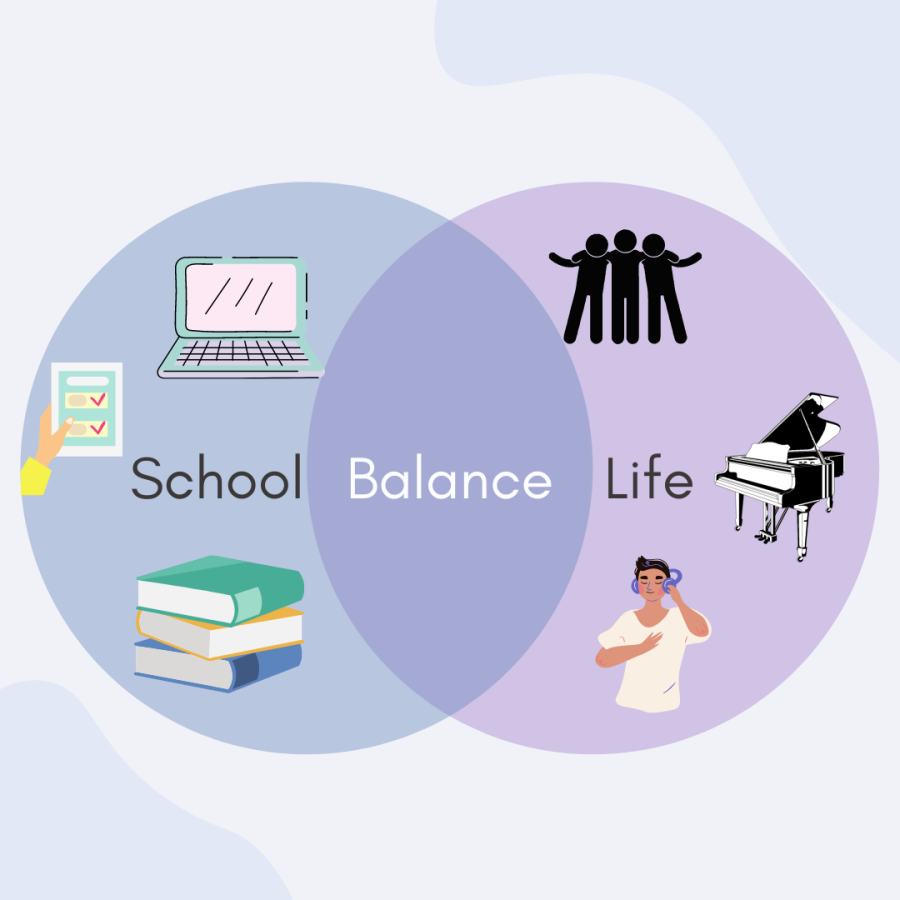Myth Busting: Bipolar Disorder
November 29, 2021
Today, many are becoming more aware of the psychological problems and illnesses of our modern society. One in particular that has gathered increasing prominence is bipolar disorder. What really is bipolar disorder? Bipolar disorder, formerly called manic depression, is a mental condition that causes extreme mood swings , including emotional highs (mania or hypomania) and lows (depression).
Bipolar disorder is one of the most highly researched neurological conditions. The National Institute of Mental Health estimates that it affects nearly 4.5 percent of adults in the United States. Unfortunately, due to social stigma (especially in television), funding issues, and a lack of education, not all receive the care they need.
Myth One: There is only one type of bipolar disorder.
According to the US National Institute for Health, there are four types of bipolar disorder, all distinguished by different experiences and intensities of mood disturbance: Bipolar I – manic episode, Bipolar II – hypomanic and depressive episodes, Cyclothymic Disorder – hypomanic and depressive symptoms, Bipolar Disorder Not Otherwise Specified, which is bipolar-like mood disturbance that does not fit the pattern of the other diagnoses.
Myth Two: People who have bipolar disorder are just “moody.”
People with bipolar disorder do experience highs and lows, which are also known as mania and depression. Although, these moods are very different from the everyday fluctuations that we all experience. The highs and lows in bipolar disorder are very extreme, often occurring out of context, and can last for unpredicted amounts of time.
Myth Three: Medication is the only treatment for bipolar disorder.
It is true that medication is often the first line treatment for bipolar disorder; however, psychological therapies such as cognitive behavioral therapy , family-focused therapy, and interpersonal/social rhythm therapy have been shown to help minimize symptoms and reduce the risk of future episodes. Psychological treatments, including education, sleep hygiene, and maintaining social support, combined with medication have the most effective outcomes.
Myth Four : Bipolar disorder is rare.
Many assume that this is a rare condition but quite the opposite is true. According to statistics, more people are afflicted with bipolar disorder than cancer. The World Health Organization estimates that bipolar disorder is one of the leading causes of disability in the world.
In all, due to social stigma and negative media portrayal of those with bipolar disorder, many have a non-factual picture painted of the illness. This serves as a reminder that it is important to understand before assuming anything about a health condition. Research what is unknown to you!



































